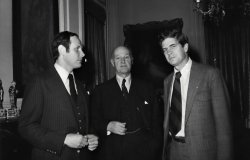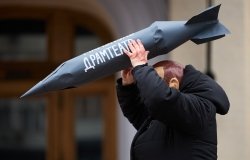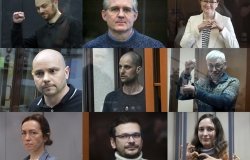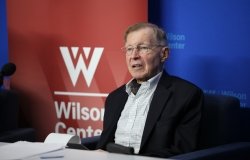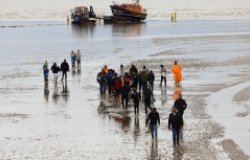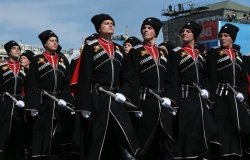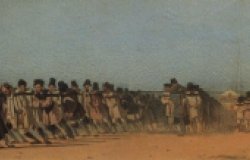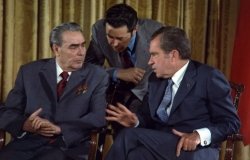Islam and the Imperial Legacy in Russia and Central Asia
"Successive Russian regimes from tsarist to post-Soviet times have policed Islam, portraying the state as the defender of Orthodoxy," said Robert Crews, Title VIII-Supported Research Scholar, at a Kennan Institute Noon Discussion on 25 November 2002. However, when viewed in conjunction with other policies, anti-Islamic campaigns appear to have been episodic, their objectives varied, and outcomes mixed, especially under the Soviets. Crews explained that other state policies, practices, and institutions have created interconnections between these regimes and the populations they governed that cannot be understood by recourse to the repression paradigm alone.
According to Crews, the most enduring legacy of Islam in the states of the former Soviet Union has been shaped by a very distinctive mode of policing Islam. These practices date to Catherine the Great, under whom the Russian state became both a patron of Islamic institutions and police. Crews suggested that this framework has endured, with some periodic departures and mutations throughout the nineteenth and twentieth centuries, regardless of who has occupied the Kremlin or the new post-Soviet Presidential palaces.
Crews remarked that Muslims have also played a central role in shaping Russian and post-Soviet state building. Since the late eighteenth century, state institutions have framed debates among Muslims about the meaning of the "correct" interpretation of Islam. According to Crews, the outcome of contests over access to state patronage and policing has had an enormous impact in directing religious change among Muslims in the past two centuries. At the same time, these conflicts within Muslim communities–and the state's capacity to mediate these differences–have also been a key to state formation.
Crews' research shows that even in the tsarist period, amid conflict with Muslim rebels and with Ottomans, many Muslims continued to look to the state to guard Islam from clerics, relatives, and neighbors who were not sufficiently pious. In turn, the regime could look to Muslim villagers to alert them about deviants in their midst. Crews noted that the policing and judicial institutions of the empire deepened their reach into local communities by taking on the mediation of such disputes–in a pattern that officials and Muslims would replicate, with some variations, with expansion into Central Asia.
Crews went on to discuss the policing policies of the twentieth century. He explained that in the early part of the century, a younger generation of reformers confronted established Islamic authorities with new media, like the press and the theater, calling for the reform of the faith in the name of "progress" and "the nation." According to Crews, they remained marginal in Central Asia until they forged an alliance with the Bolsheviks and the Soviet state after 1917. Crews explained that their victory was short lived, as they did not survive the destruction of the clerical infrastructure and schools in the 1920s and 1930s. Still, "debates with deep roots in the region about the authority of Sufi guides, the veneration of saints, and interpretation of Islamic law continued to involve the state in the later Soviet period."
Crews noted that in the post-1991 era, the contest for religious authority and meaning has stretched to include proponents of radical change – those who wish not only to "re-islamicize" society but also to create an "Islamic state." In addition, there is evidence of reconstruction of extensive ties with the wider Muslim world. But Crews noted that there are divisions across state lines and even within them as different groups stake claims on authority and resources to define the boundaries of the Islamic community.
According to Crews, a concern with perceived containment has forced these regimes–and Muslim communities–to forge new alliances against common enemies. But the identity of these enemies is far from certain. Crews explained that each state is struggling to define the relationship between state and religion. All avow a secular identity, but each backs "official" institutions. In Russia, the Orthodox Church gained the symbolic status of the state church, with "traditional confessions" such as Islam, Buddhism, and Judaism also accepted. However, Protestant, Catholic, and other religious communities ostensibly alien to the Russian past are left in limbo. Crews pointed to similar policies in Central Asia, where various Protestant groups have been harassed.
Crews concluded that state power has not only been repressive but also productive of new modes of religious authority and community identity. Policing Islam, he said, has not involved the wholesale suppression of Islam; instead it has meant the advancement of particular interpretations of the faith not against but with the policing organs of successive regimes. Crews recommended that scholars, practitioners, and policy makers look more closely at the policing practices of these regimes and the broader geopolitical context rather than waving the banner of alarm about Islam as a threat to stability, civil peace, and the protection of fundamental human rights.
Related Program
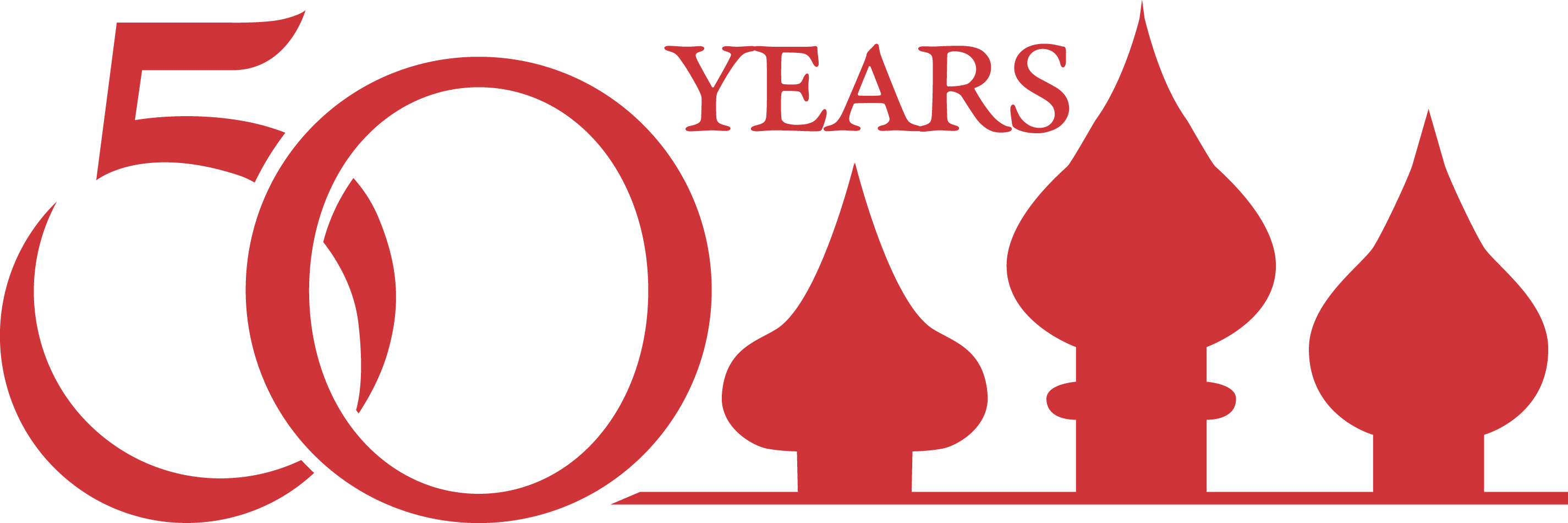
Kennan Institute
The Kennan Institute is the premier US center for advanced research on Eurasia and the oldest and largest regional program at the Woodrow Wilson International Center for Scholars. The Kennan Institute is committed to improving American understanding of Russia, Ukraine, Central Asia, the South Caucasus, and the surrounding region though research and exchange. Read more



